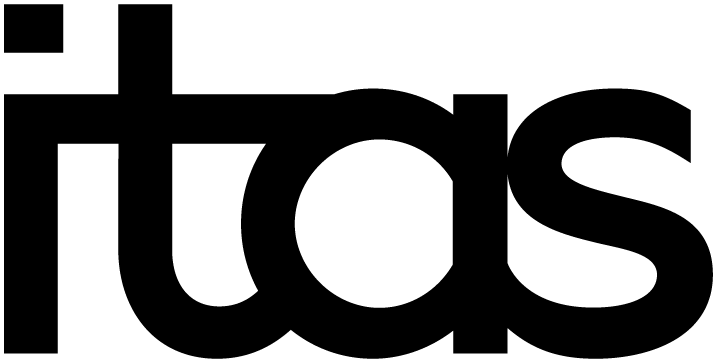Artmaking as technology assessment
- Project team:
Lin, Hua (Dissertation)
- Start date:
2022
- End date:
2025
- Research group:
Project description
“A malware about the dying dimension of donold trump
Planet-forming disks on a bunch of celebrities promoting nfts
A song about the conceptual dimension of recession
A geek artwork to raise doubt about antibiotic
An apocalyptic opinoid revealing the mechanisms behind healthcare” (twitter.com/predartbot)
These ostensibly semantically gibberish is clearly not from an operational language that humans tend to use in everyday life. It is in fact an excerpt of Tweets from @Predictive Art Bot, an online version of an art piece created by the artists Nicolas Maigret and Maria Roszkowska. The work, or – by referring to its title – the Predictive Art Bot, is, figuratively speaking, an algorithm that “uses current discourse as a basis to create concepts for artistic projects and, at times, prophesize absurd future trajectories for art.” Thus, what we see from the above quoted daily publishing on Twitter (twitter.com/predartbot) are art forecasts made by a robotic specialist, a non-human entity. By transferring Urheberschaft from the human artist to an artificially intelligent art bot, that is, by liberating artists from the constraints of creativity and developing ideas not yet conceived of or implemented by human beings, so to say, this artistically rendered new reality (autopoiesis) confronts today’s transhumanist prophecies with post-hermeneutic and post-educational questions: Is it still possible – and if so, how –to speak about and make sense of the evolving technical objects and technical systems (such as the mode of existence of algorithms), to formulate a logical theory or perspectives for intervention and participation, for instance in the attempts to merge the semantic horizons of the machine and the human, which some of the current discourses in posthumanism and biopolitics tend to overlook?
From the perspective of hermeneutic technology assessment, the above raised questions – philosophical, linguistic, anthropological, political – are also relevant for the purpose of enhancing “the reflexivity of debates and decision making on shaping the technological advance and making use of its outcomes” (Grunwald). In fact, some of the recent discussions and developments in technology assessment are seeking a constructive language that borrows elements from art theory and participatory art practices (e.g., theatrical TA in constructive TA) or a set of new tools and methods that enable “TA as intervention.” Here we arrive at a contemporary convergence of Artmaking and technology assessment: There is, on the one hand, a tendency of technology assessment going beyond the boundaries of existing methodologies and perspectives, beyond the “scientific system” of a significant language, to expand the horizon of reflexivity through artistic thinking and acting; while on the other hand, contemporary artists, designers, and activists whose works are technology-based, who either experiment with emerging technologies or work at the intersection between art, science, and technology, have been looking for a pioneering language that is reflexive and critical of the (material, technical) medium that they use for artistic activities and social engagement.
This project is thus intended to investigate the cognitive and technical foundation (potentiality and limit) of such a convergence (or possibly bifurcations as well) between the two fields (i.e., Artmaking and technology assessment) through empirical case studies.
Administrative data
| Supervisor: | Prof. Dr. Armin Grunwald |
| Advisor: | Prof. Dr. Alfred Nordmann |
| Doctoral students at ITAS: | see Doctoral studies at ITAS |
Contact
Karlsruhe Institute of Technology (KIT)
Institute for Technology Assessment and Systems Analysis (ITAS)
P.O. Box 3640
76021 Karlsruhe
Germany
Tel.: +49 721 608-26722 (ITAS-Sekretariat)
E-mail

